QuestionWe have 2-20 gallon Fresh water tanks, both just developed a pinkish color slime on the rocks. We keep the temp at approx 72. Change filer 7 - 10 days. We take the decorative items out about twice a month to clean them. Currently 1 tank has about 30 - 35 fish all but 6 are just weeks old. The 2nd tank has 4 adult fish and 12 baby fish. We know we have to get the numbers down. We have Black Mollies, Silver Mollies, gold platies, Danios & Separ Tetras. We are new at this. The 1st tank we've had since Nov and have changed the water 3 times. The 2nd tank we have had for just about 6 weeks. I'm afraid that I might be over feeding and this is the result of extra food. Any insight would be appreciated.
AnswerHi Barbara: It sounds as though you have the start of red slime algae its other name is Cyanobacteria. It is a hybrid that crosses between the plant world and the bacterial world. The algae is a network of millions of cells held together by slime. Because Cyanobacteria is a hybrid it is difficult to remove it from your aquarium. The requirements for treat this algae are many because it is both a plant and a bacteria. Some of the things that are needed to cultivate this algae are nitrogen, organic matter, light, and CO 2
Light might be an obvious factor as Cyan is able to photosynthesize, but eliminating or reducing the light will not stop the growth. Recalling that Cyano is a hybrid, it will rely on bacterial characteristics to produce energy for growth. Reducing the access to carbon as an alternate approach has no effect by itself either, since the algae-bacteria can use CO2 as a sole carbon source. In order for treatment to be effective you have to approach this issue from many levels because the algae will use one or all of them to grow. If your florescent bulbs are more then six months old I would replace them. Lighting and algae are very closely tied together. sometimes the cyanobacteria are treated with antibiotic but the antibiotic is not selective about what it kills and the beneficial bacteria in your tank can also be destroyed. They are both Gram negative. So if you treat with antibiotic then you will need to add beneficial bacteria to your tank when it is appropriate to do so.
Anything in your tank that may be rotting or decomposing will begin to feed the bacterial part of the Cyanobacterial algae. It is important to make sure that your tank is clean as decomposing matter becomes a form of dissolved organic which is a food source to the algae. When you find algae in a fish tank it is the first red flag that something is out of balance. So what can you do about this???? make sure your lighting is in proper working order, replace bulbs as needed. Most florescent bulbs loose their efficiency to make light in the spectrum that they were manufactured for after about six months of use. you can reduce the amount of light that your tank is receiving... tanks need 8-10 hours of light per day. make sure that the tank is clean and all algae are wiped away. Treat the tank with a gram negative antibiotic but make sure you add beneficial bacteria back to your tank after treatment and water change have been done. I know this is a lot of information but please let me know if you need additional help... dave

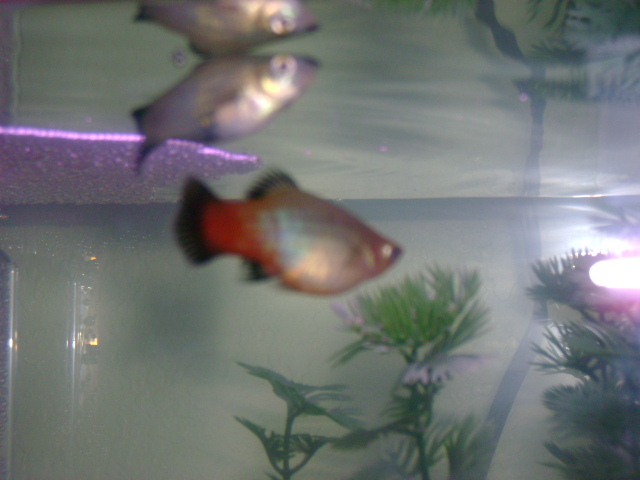 is my fish pregnant and was it labeled correctly in store?
Question
pregnant fish?
I bought a male and 2 females o
is my fish pregnant and was it labeled correctly in store?
Question
pregnant fish?
I bought a male and 2 females o
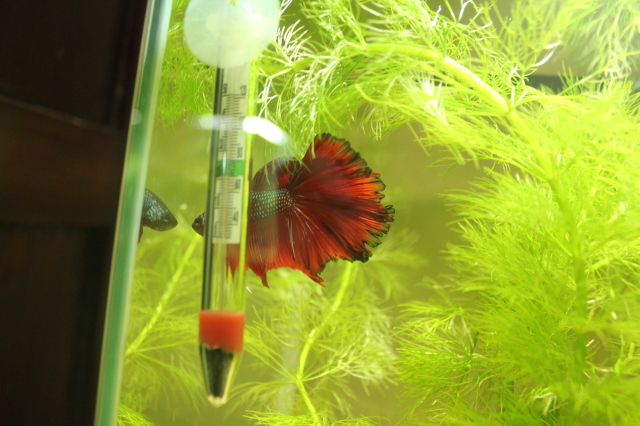 Melafix
QuestionHis back fin
QUESTION: Hi,
Its alex aga
Melafix
QuestionHis back fin
QUESTION: Hi,
Its alex aga
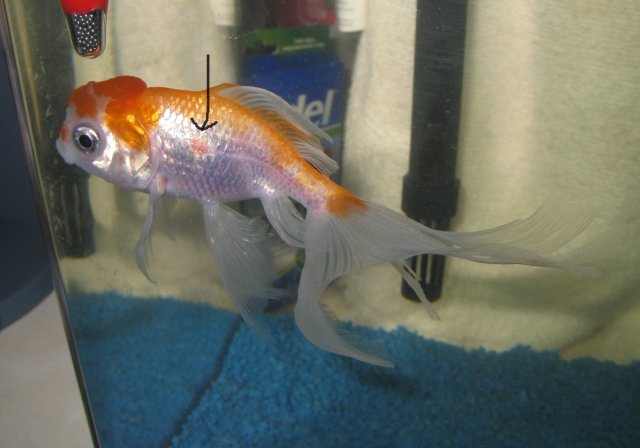 4 yr goldfish red spot
QuestionMy Goldfish
QUESTION: My goldfish sudden
4 yr goldfish red spot
QuestionMy Goldfish
QUESTION: My goldfish sudden
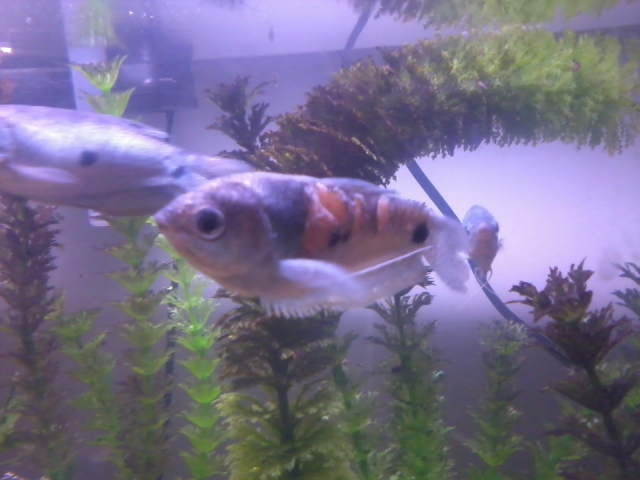 My gourami is sick!
Question
Deep flesh sores on Go
I have 5 gourami
My gourami is sick!
Question
Deep flesh sores on Go
I have 5 gourami
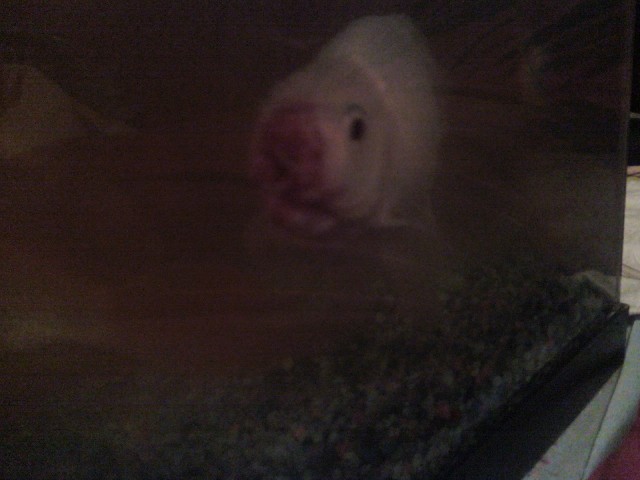 Broken lips
QuestionQUESTION: Hello expert, i hope you can help me.
Broken lips
QuestionQUESTION: Hello expert, i hope you can help me.